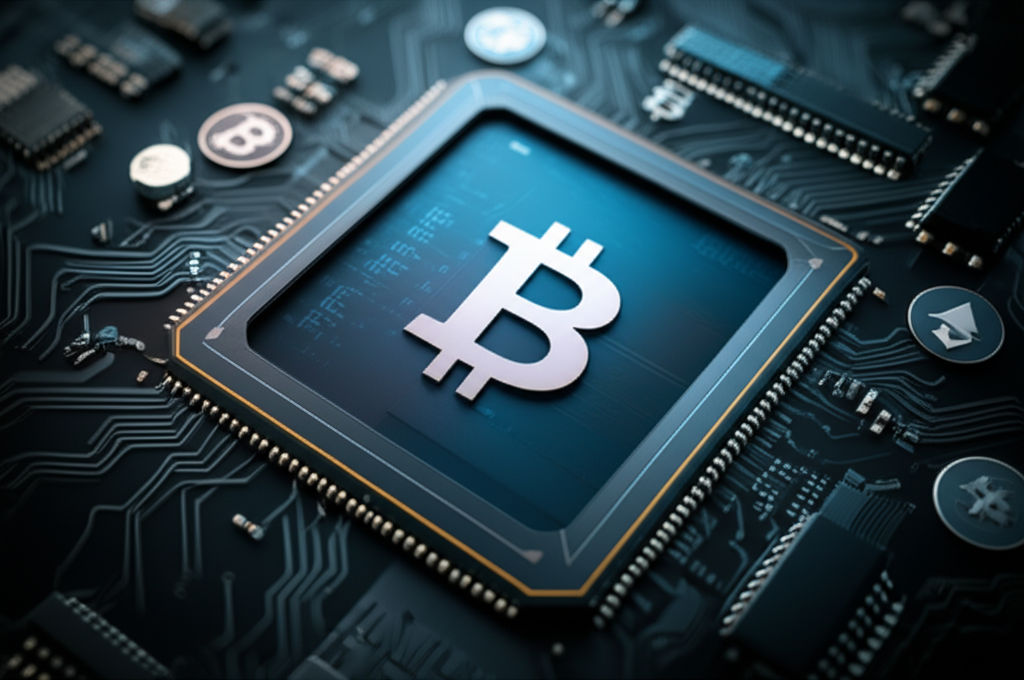IoT Business Applications Explained
Emily Willis
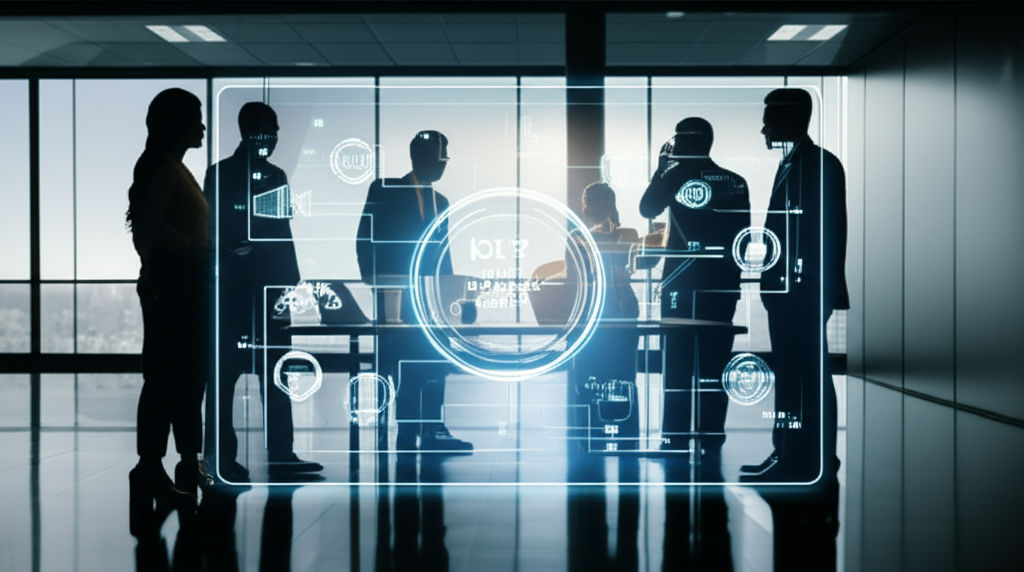
Photo: IoT Business Applications Explained
The Internet of Things (IoT) has rapidly evolved from a futuristic concept into a fundamental driver of efficiency, productivity, and innovation across nearly every industry. By connecting physical objects with sensors, software, and other technologies, IoT enables these devices to collect and exchange data, leading to smarter processes and better decision-making. This intricate network of connected devices is not just a technological advancement; it's a transformative force reshaping how businesses operate and interact with the world around them.
In today's dynamic business landscape, understanding and leveraging IoT business applications is crucial for staying competitive. From optimizing supply chains to enhancing customer experiences, IoT offers a myriad of opportunities for growth and efficiency. The global IoT market is experiencing significant expansion, with projections indicating substantial growth in the coming years, underscoring its increasing value and demand across various sectors.
What is the Internet of Things (IoT) in a Business Context?
At its core, the Internet of Things refers to a vast network of interconnected physical devices embedded with sensors, software, and other technologies that enable them to connect and exchange data over the internet. In a business context, this means that everything from factory machinery and medical equipment to retail shelves and urban infrastructure can be equipped with "intelligence" to gather and transmit real-time information.
This constant flow of data allows businesses to:
- Monitor operations in real-time: Gaining immediate visibility into processes and performance.
- Automate tasks: Replacing manual, repetitive actions with efficient, automated processes.
- Collect vast amounts of data: Providing a rich source for analysis and insights.
- Make data-driven decisions: Shifting from guesswork to informed strategies based on real-time information.
The value of IoT for businesses is directly linked to its ability to boost efficiency, drive productivity, and make operations smoother.
Why is IoT Important for Businesses? The Core Benefits
The adoption of IoT is not merely about having connected devices; it's about the tangible benefits these connections bring to the bottom line and overall operational excellence. Businesses across various industries are leveraging IoT to achieve significant advantages:
- Enhanced Operational Efficiency and Productivity: IoT automates tasks, streamlines workflows, and provides real-time insights into equipment performance and processes. This leads to faster production cycles, reduced waste, and optimized resource utilization, ultimately boosting productivity. For instance, smart factories can see machines autonomously reporting maintenance needs, drastically reducing costly downtimes.
- Cost Savings: By optimizing resource usage (like energy and raw materials), reducing waste, automating repetitive tasks, and enabling predictive maintenance, IoT significantly lowers operational costs. Businesses with IoT-enabled smart buildings, for example, can reduce energy consumption by 20% to 30%.
- Improved Data-Driven Decision-Making: The massive amounts of real-time data collected by IoT devices provide invaluable insights. This data can be analyzed to identify trends, predict outcomes, and enable businesses to make quicker, more informed strategic decisions across various aspects of their operations.
- Enhanced Customer Experience and Personalization: IoT allows companies to offer highly personalized services and proactive support by analyzing real-time usage data and customer behavior. Retailers can send targeted promotions, and smart devices can adjust services to individual preferences, leading to increased customer engagement and loyalty.
- Real-Time Monitoring and Predictive Maintenance: One of the most appealing aspects of IoT is the ability to continuously monitor machinery and equipment conditions. Sensors can detect early signs of wear and tear, temperature fluctuations, or unusual vibrations, allowing for maintenance to be scheduled before a failure occurs. This significantly reduces unplanned downtime and costly emergency repairs. Predictive maintenance can lower maintenance expenses by up to 10% and improve uptime by 20%.
- Increased Safety and Security: In various environments, IoT devices can monitor conditions and detect potential risks, from gas leaks in manufacturing plants to suspicious activity in commercial buildings. Wearable devices can also monitor worker health and location, ensuring quick response in emergencies.
- Greater Adaptability and Innovation: IoT fosters a culture of continuous improvement and allows businesses to respond proactively to changing market conditions and customer demands. It facilitates the development of new products and services based on real-time data and insights.
Key IoT Business Applications Explained by Industry
The versatility of IoT means its applications span across virtually every industry, offering tailored solutions to unique challenges.
Industrial IoT (IIoT) and Manufacturing
The Industrial Internet of Things (IIoT) is transforming factories into smart, connected environments, revolutionizing how industries operate.
- Predictive Maintenance: Sensors on machinery continuously monitor conditions like temperature, vibration, and pressure. This data, combined with machine learning, helps predict equipment failures, allowing for proactive maintenance and significantly reducing unexpected downtime and repair costs.
- Quality Control: IoT sensors can continuously monitor production lines and detect defects in real-time, allowing manufacturers to make immediate adjustments and prevent faulty products from reaching the market.
- Asset Tracking and Management: Manufacturers can track the location, status, and condition of goods, raw materials, and finished products throughout the entire production process and supply chain, reducing delays and losses.
- Worker Safety: Wearable IoT devices can monitor worker health and location, detect hazardous conditions (e.g., gas leaks, extreme temperatures), and trigger immediate alerts, enhancing safety on the factory floor.
- Energy Management: By adding IIoT connectivity to machinery and HVAC systems, manufacturers can optimize energy consumption, leading to cost savings and helping meet decarbonization goals.
Smart Cities & Infrastructure
IoT is central to the development of smart cities, creating more efficient, sustainable, and livable urban environments.
- Traffic Management: Smart sensors and cameras monitor real-time vehicle flows, optimizing traffic lights and routes to reduce congestion, improve air quality, and enhance public transportation efficiency by providing real-time updates.
- Smart Waste Management: Sensors in waste bins detect fill levels and automatically report when they need emptying, optimizing collection routes, reducing fuel consumption, and minimizing environmental impact.
- Smart Street Lighting: IoT-enabled streetlights can detect ambient light and the presence of people, automatically adjusting lighting levels to save energy without compromising safety.
- Public Safety: Connected cameras and sensors can aid in crowd management, monitor public spaces, and enhance security.
- Utility Management: IoT devices monitor water and energy consumption in real-time, detecting leaks, optimizing usage, and contributing to sustainability.
Healthcare
The Internet of Medical Things (IoMT), a subset of IoT, is rapidly transforming healthcare by enabling remote patient monitoring and improving operational efficiency.
- Remote Patient Monitoring (RPM): Wearable devices and sensors collect vital health metrics (heart rate, blood pressure, temperature, glucose levels) from patients outside traditional clinical settings. This data is transmitted to healthcare professionals, allowing for continuous oversight, timely interventions, and personalized treatment plans, reducing the need for frequent hospital visits.
- Asset Tracking in Hospitals: IoT sensors can track the location of medical equipment like wheelchairs, scales, and defibrillators, ensuring staff can easily find them, saving time and improving efficiency.
- Medication Management: Smart medication dispensers can remind patients to take their medication and track adherence, improving treatment outcomes.
- Robotic Surgery and Smart Diagnostic Tools: IoT-enabled robotic systems assist in complex surgeries, enhancing precision, while smart diagnostic tools provide more accurate and real-time data for better diagnoses.
- Hand Hygiene Monitoring: IoT devices can monitor handwashing compliance among healthcare staff, reducing the spread of infections.
Retail & Supply Chain
IoT is revolutionizing the retail industry by enhancing customer experiences and optimizing supply chain operations.
- Inventory Management and Optimization: IoT-enabled sensors (like RFID tags and shelf sensors) provide real-time visibility into stock levels, preventing stockouts and overstocking. This helps retailers optimize procurement planning and reduce costs.
- Supply Chain Visibility and Logistics: GPS-enabled IoT devices track shipments in real-time, monitoring location, condition (e.g., temperature for perishables), and movement of goods. This enhances visibility, allows for route optimization, reduces
Latest ✨
View AllMaster the art of handling complaints effectively. Learn the psychology, actionable steps, and how to turn feedback into opportunities for growth and stronger r...
Emily Willis
Women's participation in sport has evolved into a powerful movement that challenges societal norms, empowers individuals, and promotes inclusivity. This article explores the journey of women in sport, highlighting their achievements, the obstacles they have overcome, and the transformative impact they continue to have in the world of sport and beyond.
Emily Willis
Beyond crypto hype: Understand digital asset economics. Learn core principles like supply, demand, scarcity & utility to navigate the market wisely.
Emily Willis
Redefining success in education means moving beyond grades. Learn how future outcomes focus on adaptability, critical thinking, and skills for an unpredictable...
Emily Willis
Business
View All
June 9, 2025
Risk Management: Protect Your BusinessUnlock business resilience! Master risk management to protect assets, enhance decision-making, minimize losses, and ensure sustainable growth in an uncertain wo...
Emily Willis

June 8, 2025
Entrepreneurial Journey to SuccessDemystify the entrepreneurial journey. This guide offers actionable strategies to transform ideas into thriving businesses, navigate challenges, and achieve las...
Emily Willis
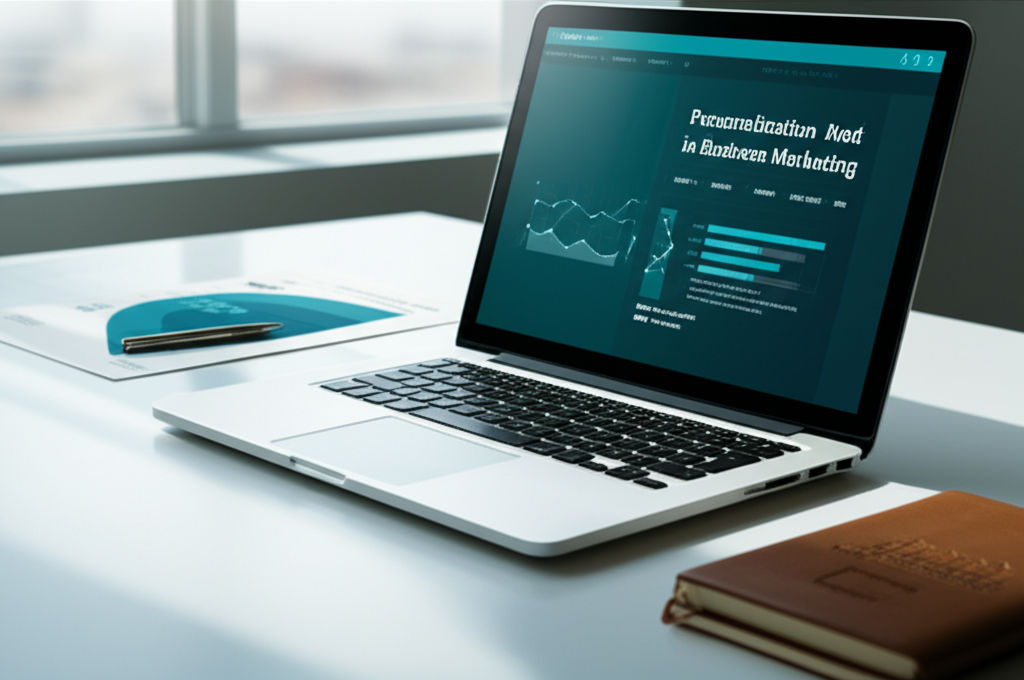
June 8, 2025
Personalization in Business MarketingUnlock business growth! Learn how personalized marketing transforms interactions, boosts engagement & loyalty by speaking directly to your customers.
Emily Willis
Economy
View AllBuild your financial future! Demystify investing with smart, accessible strategies & practical tips for everyone to grow lasting wealth.
Read MoreInfrastructure development is crucial for driving economic growth and regional integration by improving connectivity, facilitating trade, and enhancing quality of life. Investments in transportation networks and digital infrastructure support businesses in accessing larger markets and capitalizing on trade opportunities. Well-developed infrastructure simplifies trade processes and attracts industries to specific regions, promoting economic development. Access to essential services and urban infrastructure improves quality of life and fosters sustainable urbanization. Green infrastructure projects support environmental conservation and contribute to sustainable development goals. Overall, strategic investments in infrastructure are essential for building resilient, inclusive, and prosperous communities in the global economy.
Read MoreUnlock historical wisdom and ancient philosophies for preventing depression. Learn timeless strategies for resilience and emotional balance in modern life.
Read MoreEntertainment
View All
August 5, 2024
Arts Education's Importance: Nurturing Creativity and Fostering ExpressionArts education is often overlooked in a world focused on standardized tests and STEM subjects, but it plays a vital role in nurturing creativity, self-expression, and essential skills in students. Arts education allows students to unleash creativity, build confidence, improve communication and collaboration skills, develop critical thinking and problem-solving abilities, increase cultural awareness and appreciation, and enhance emotional intelligence.
Emily Willis

August 5, 2024
Music Universal Language: Connecting and Inspiring Across CulturesMusic has the power to transcend language barriers and connect people on a deep emotional level. It serves as a bridge between cultures, fostering understanding and appreciation for diversity. The universality of rhythm and melody creates a sense of unity, while the diversity of musical styles allows for exploration and creativity.
Emily Willis

August 4, 2024
The Evolution of Digital Distribution in the Music Industry: Challenges and OpportunitiesThe music industry has been transformed by digital distribution, which allows quick access to a vast catalog of music through streaming services and online stores.
Emily Willis
Health
View AllRegular physical activity is crucial for maintaining long-term health and well-being. It has numerous benefits, including improving cardiovascular health, aiding in weight management, enhancing mental health, strengthening bones, boosting immune function, and promoting longevity.
Emily Willis
our minds are often overwhelmed with information and stimuli, leading to stress and anxiety. Mindfulness and meditation offer tools to cultivate inner peace and well-being. Mindfulness involves being present in the moment without judgment, while meditation involves focusing attention on an object or thought.
Emily Willis
Maintaining good health involves a balanced diet that provides essential nutrients for the body. A balanced diet includes carbohydrates, proteins, fats, vitamins, minerals, fiber, and water. Benefits of a balanced diet include enhanced energy levels, improved mental health, a stronger immune system, better weight management, reduced risk of chronic diseases, and enhanced digestion. Components of a balanced diet include fruits and vegetables, whole grains, protein sources, dairy or dairy alternatives, and healthy fats. Tips for maintaining a balanced diet include planning meals, portion control, staying hydrated, limiting processed foods, eating mindfully, and including physical activity.
Emily Willis
Trending 🔥
View All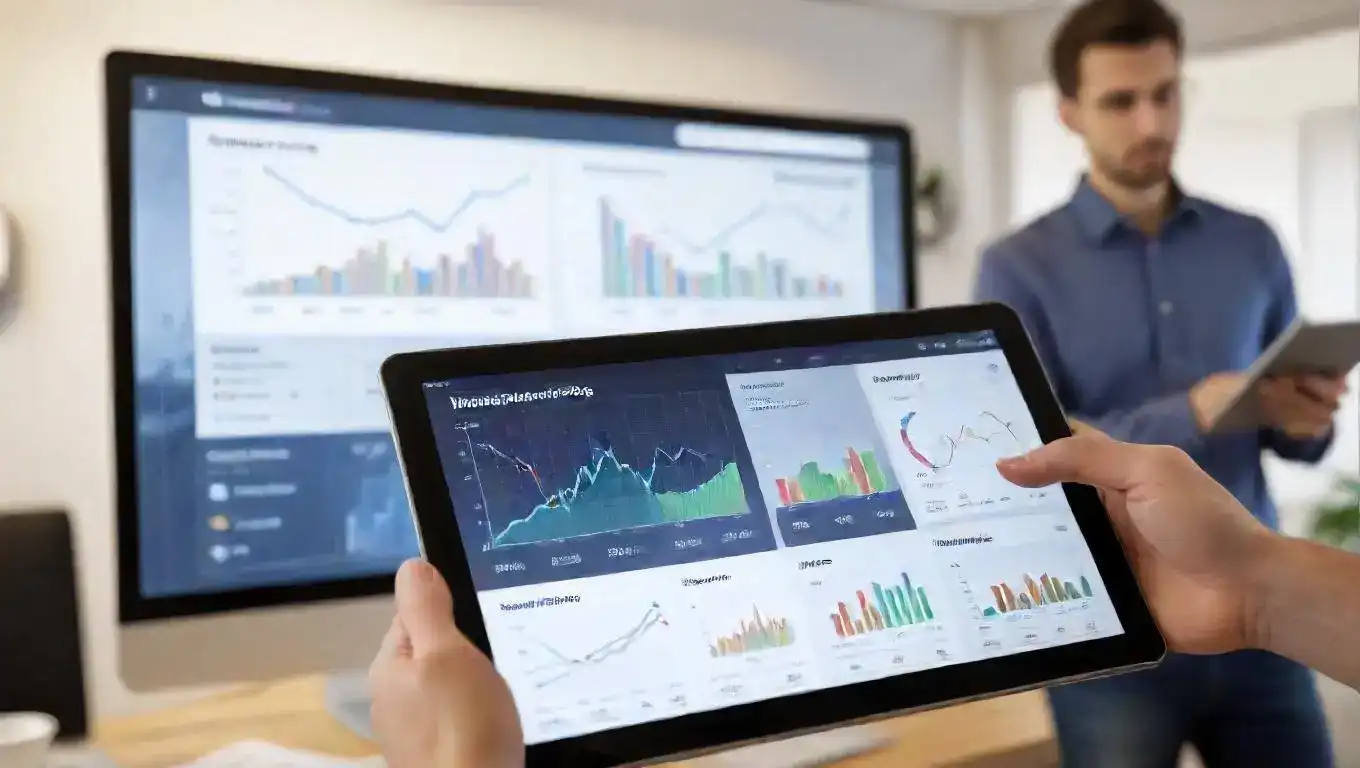
1
3
4
5
7
8
9
10
Sports
View AllAugust 4, 2024
The Importance of Mental Training and Psychological Strategies in Helping Athletes Reach Their Peak Performance on the Field
Read MoreAugust 5, 2024
The Future of Sports: Anticipating Trends, Embracing Innovation, Shaping a New Era
Read MoreAugust 4, 2024
Sports Technology Innovation: Revolutionizing Training and Performance Analysis
Read MoreTechnology
View All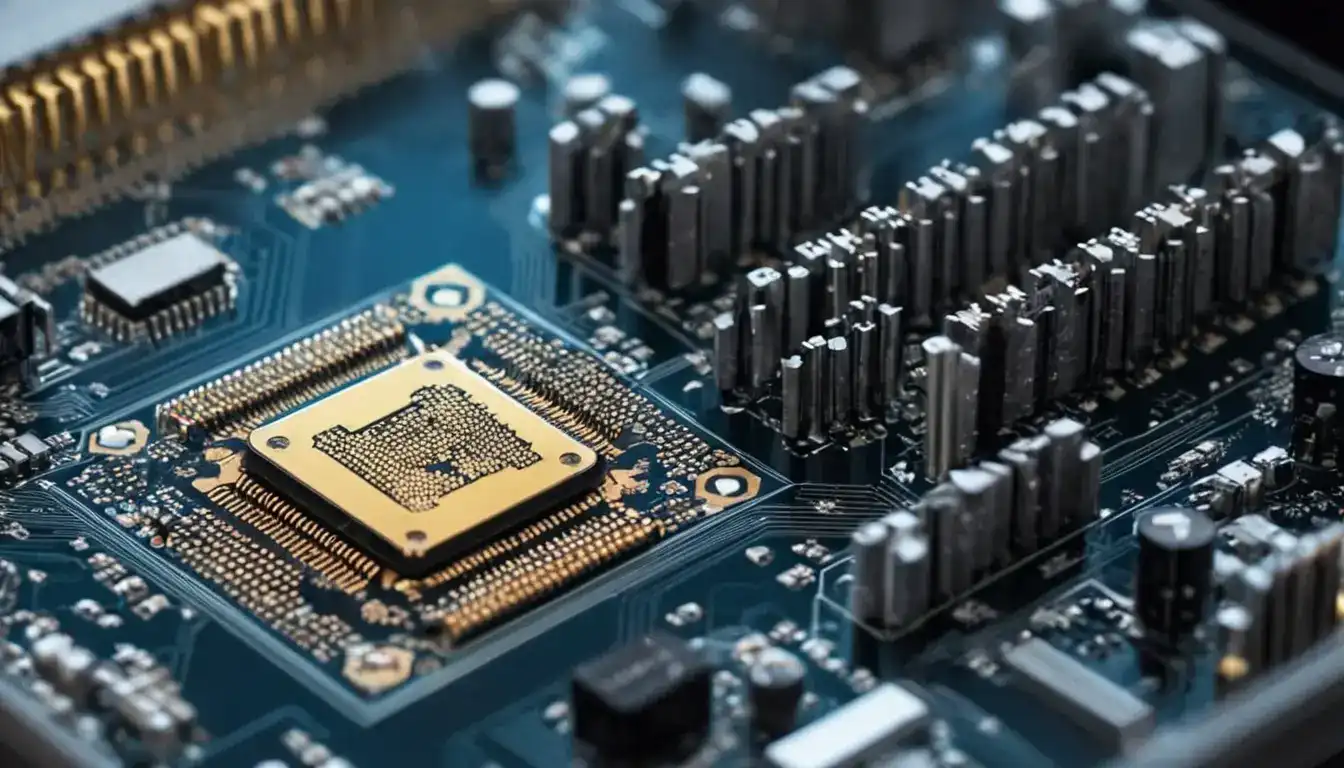
August 4, 2024
Exploring the Potential of Quantum Computing in Modern Technology
Quantum computing is a revolutionary technology that uses quantum bits, or qubits, to process information. It has the potential to solve complex problems, revolutionize cryptography, accelerate drug discovery, optimize complex systems, and enhance artificial intelligence.
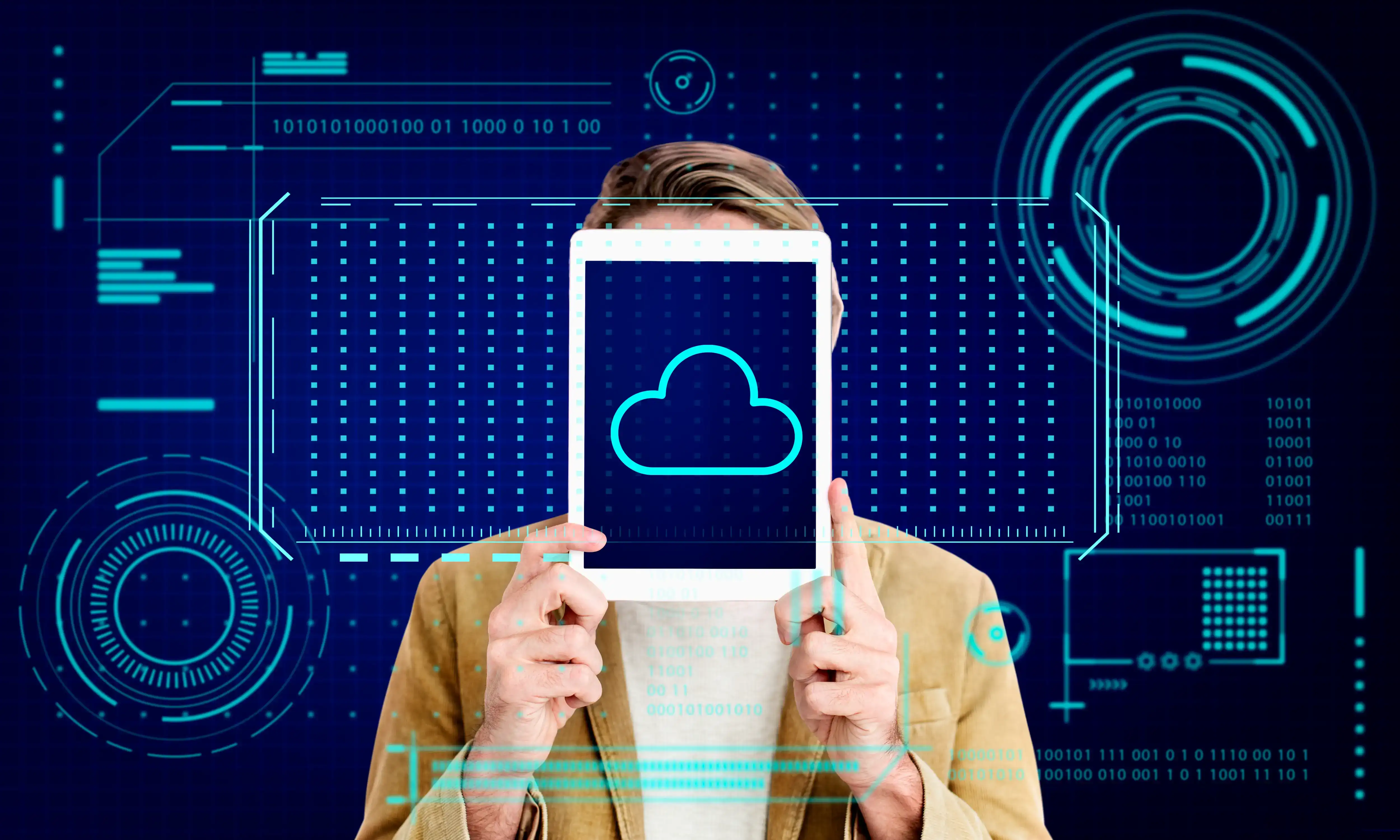
August 5, 2024
Tips for Implementing Cloud Computing Safely and Efficiently
Cloud computing is essential for modern businesses, offering cost savings, scalability, and improved collaboration. Implementing cloud computing requires careful planning to ensure safety and efficiency. Tips for safe and efficient implementation include conducting a needs assessment, choosing the right cloud service model, prioritizing security, planning for data migration, optimizing costs, training your team, implementing backup and recovery solutions, monitoring performance, planning for scalability, and staying updated with industry trends.

August 5, 2024
Oculus Quest 2 vs HTC Vive Pro – Which Should You Choose?
Oculus Quest 2 vs HTC Vive Pro – which VR headset reigns supreme? Dive into this ultimate showdown to discover the strengths and weaknesses of each, and decide which one is worth your investment. From specs and comfort to content and price, we'll help you make an informed choice.
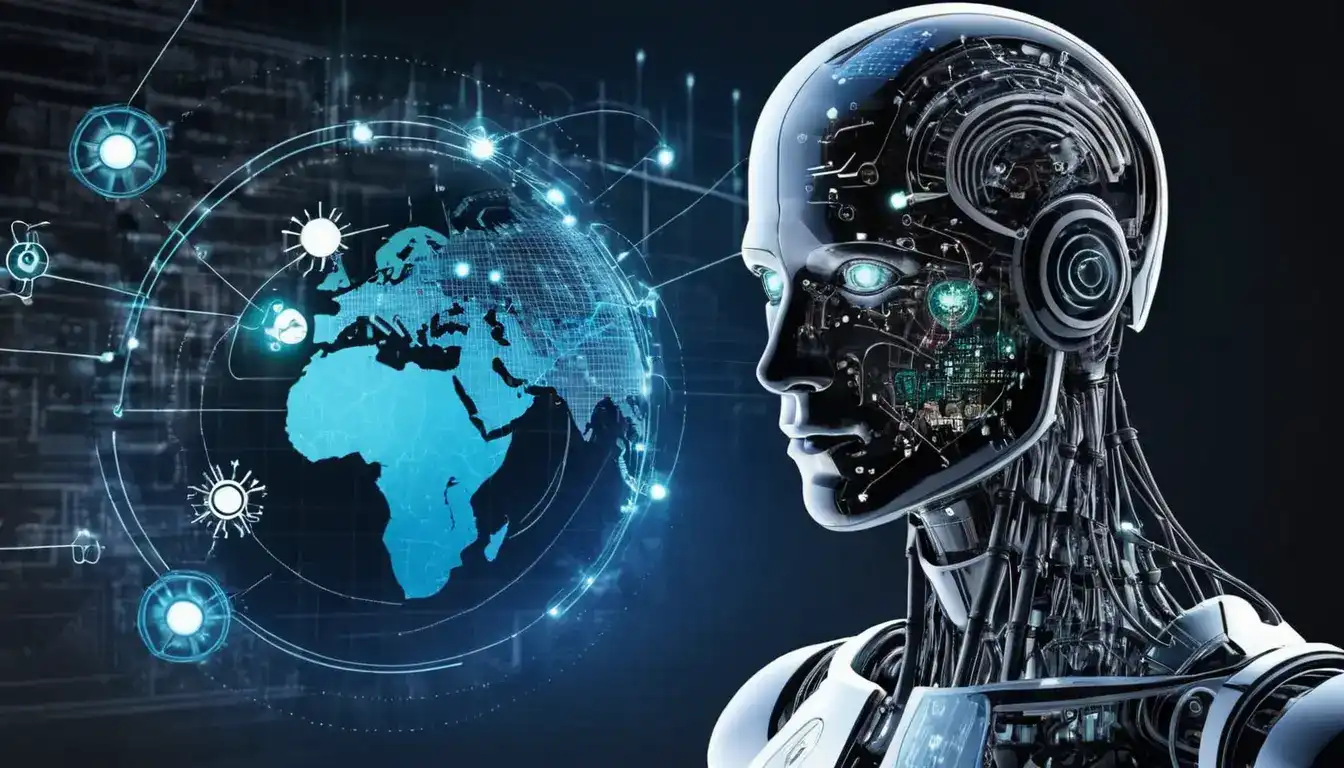
August 5, 2024
AI Applications that are Changing the World Around Us
Artificial Intelligence (AI) is no longer a concept from science fiction, but a reality that is reshaping the world around us. From virtual assistants to self-driving cars, AI is making significant impacts in various industries such as healthcare, education, transportation, and agriculture. AI is also being used to address environmental challenges and enhance customer experiences.


